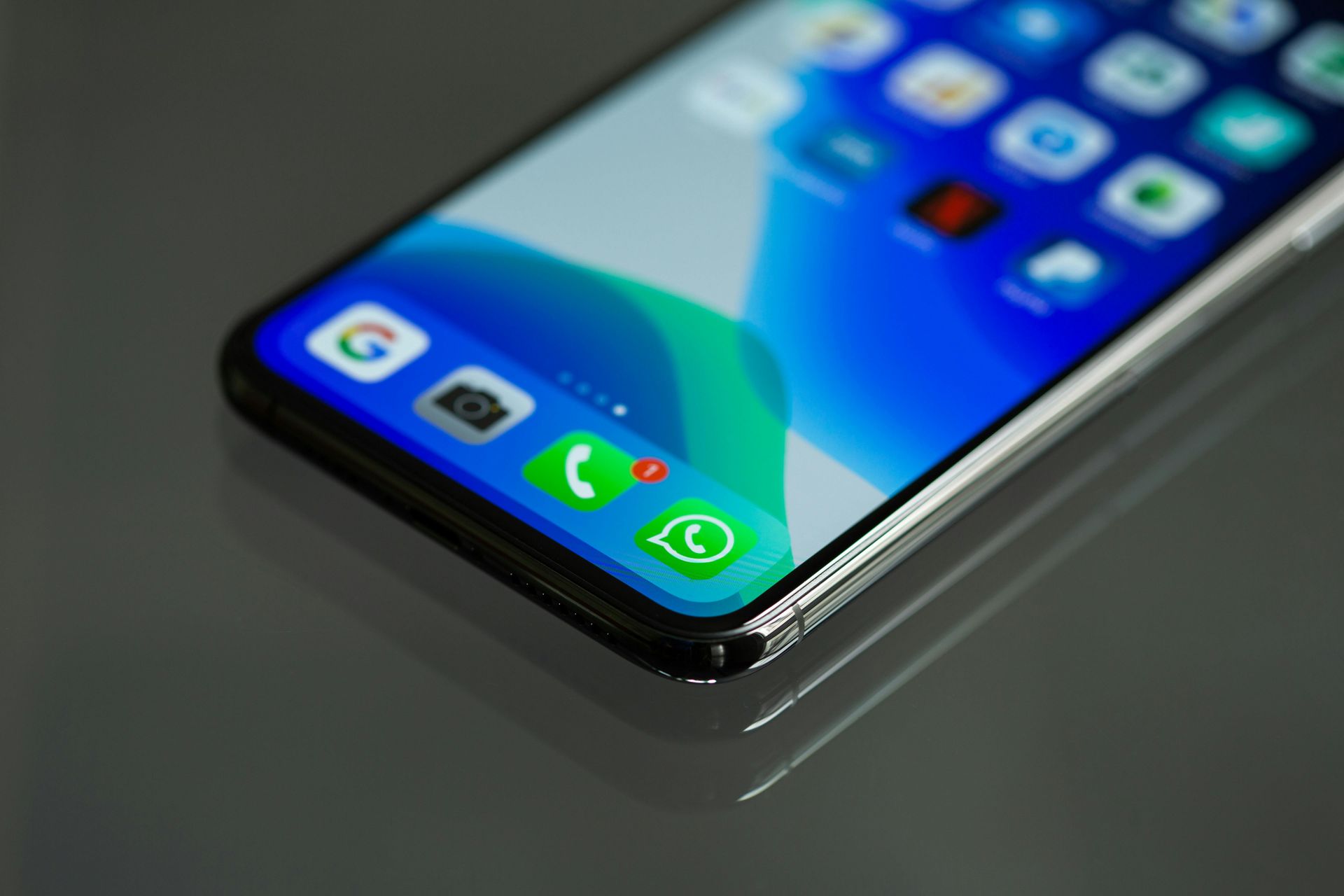Mobile App Development: Where Vision Meets Function
Turning Great Ideas into Intuitive Experiences

The App-Centric World We Live In
Mobile applications have revolutionized how we live, work, shop, communicate, and interact with our environments. From the convenience of ordering food with a tap to managing finances or staying fit, apps have transformed smartphones into indispensable tools.
But behind every polished app lies a powerful convergence of vision and function. Creating a successful mobile application means translating creative ideas into seamless, high-performing tools that delight users and meet business objectives.
In this blog, we’ll explore the landscape of mobile app development and how businesses can build products that aren’t just functional, but unforgettable.
1. The Role of Vision in App Development
Every great app starts with a vision. It’s the foundation that answers:
- What problem are we solving?
- Who are we helping?
- How will our app be different?
This initial blueprint shapes the user experience, design decisions, and even the technology stack. Whether it's a startup launching its first MVP or an enterprise scaling its operations, clarity of vision aligns everyone on purpose.
2. Functionality: The Backbone of User Experience
While vision sparks innovation, functionality grounds it in usability. An app may have a brilliant idea, but if it crashes, lags, or confuses users, it’s destined to fail. Key functional elements include:
- Speed and responsiveness
- User interface (UI) clarity
- Bug-free performance
- Offline capabilities
Real functionality anticipates user needs, simplifies complex tasks, and guides users intuitively.
3. User-Centered Design: Making Apps Feel Human
Apps are created for people—not devices. Human-centered design ensures the app adapts to real-life usage scenarios. This includes:
- Creating personas and user stories
- Testing with real users
- Iterating based on feedback
Design should align with human behavior, reduce friction, and deliver delight. Even small touches—like thoughtful animations or one-tap actions—can dramatically enhance usability.
4. Native vs. Cross-Platform: Choosing the Right Tech
Selecting a development approach is a critical decision:
- Native development (iOS using Swift, Android using Kotlin) ensures high performance and deeper integration with platform features.
- Cross-platform frameworks (like Flutter, React Native) speed up development and reduce costs.
Each has trade-offs in terms of flexibility, speed, and maintenance. The right choice depends on your budget, timeline, and target audience.
5. Backend Infrastructure: The Invisible Hero
Great front-end experience relies on a solid back-end. This is where data storage, user authentication, push notifications, APIs, and third-party integrations reside. A scalable, secure backend is essential for:
- Managing large volumes of users
- Ensuring fast load times
- Handling sensitive user data securely
Cloud-based services like Firebase, AWS, and Azure offer reliable, scalable backend solutions for apps of all sizes.
6. MVP First: Build, Launch, Learn
A Minimum Viable Product (MVP) is a strategic way to validate ideas without over-investing. It includes only core features that solve the user’s main problem.
Advantages of MVP development:
- Faster time to market
- Early user feedback
- Budget control
- Reduced risk
MVPs allow companies to test assumptions, measure adoption, and make data-driven decisions about future updates.
7. The Power of Analytics and Feedback Loops
Launching an app is just the beginning. Monitoring performance and listening to users helps apps evolve. Important tools and tactics include:
- In-app analytics (e.g., Mixpanel, Google Analytics)
- User feedback (surveys, ratings, support tickets)
- A/B testing features and flows
Constant optimization improves retention and enhances ROI over time.
8. App Store Optimization (ASO) and Marketing
Even the best app needs visibility. App Store Optimization ensures your app is discoverable through keywords, engaging visuals, and compelling descriptions. In parallel, digital marketing strategies (social media, influencer marketing, paid ads) amplify reach and downloads.
Tips for ASO:
- Use relevant keywords in the title and description
- Include eye-catching screenshots and demo videos
- Encourage reviews and ratings
9. Maintenance and Scaling
Apps are living products. After launch, businesses must:
- Fix bugs
- Release updates
- Monitor server performance
- Add new features
Scalability becomes crucial as user demand grows. Automated testing, continuous integration, and regular code refactoring ensure long-term health.
10. Security: Building Trust from the Start
Security isn’t optional—it’s mandatory. Especially in industries like finance, health, and education, protecting user data is non-negotiable. Key practices include:
- Encrypting data in transit and at rest
- Using secure authentication (e.g., OAuth, biometrics)
- Staying compliant with laws (GDPR, HIPAA)
Building with security-first principles protects both users and brand reputation.
Conclusion: The Intersection of Vision and Function
When vision and function work in harmony, apps become more than tools—they become experiences. A great app doesn’t just fulfill a task. It empowers users, expresses brand values, and adapts to change.
If you’re ready to bring your app idea to life, don’t settle for off-the-shelf shortcuts. Invest in a process that respects your vision, builds robust functionality, and puts users first.
Because mobile app development isn’t just about code—it’s about creating something people can’t live without.







